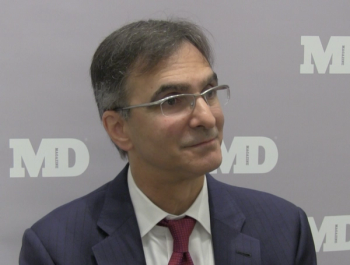
Axovant Sciences has announced that, in addition to receiving positive feedback from the FDA on its clinical development, it is expecting data from the first 2 patients dosed to read out in March 2019.
Matt Hoffman, Associate Editorial Director for CGTLive™, has covered medical news for MJH Life Sciences, CGTLive’s parent company, since 2017. He also hosts the Medical World News show, Deep Dive. Follow him on Twitter @byMattHoffman or email him at [email protected]

Axovant Sciences has announced that, in addition to receiving positive feedback from the FDA on its clinical development, it is expecting data from the first 2 patients dosed to read out in March 2019.

The agency is anticipating upward of 200 INDs per year by 2020 and between 10 and 20 cell and gene therapy approvals per year by 2025.

Therapies designed to treat neurologic conditions have made up 25% of the submissions to the FDA for a Regenerative Medicine Advanced Therapy designation.

The president of the ANA offered his perspective on these novel genetic therapies, as well as other a few other areas of interest.

Since the inception of the idea more than 3 decades ago and its initial development 20 years later, Sarepta Therapeutics’ micro-dystrophin gene therapy has now made its way to human trials.

The gene therapy is also being assessed for long-term safety data, as well as an additional delivery method.

In a small trial, the AAVrh74.MHCK7.micro-dystrophin therapy has shown high levels of transduced micro-dystrophin expression.

With the planned submission of an IND for the first AAV gene therapy for the rare genetic condition, some experts are wondering if things are moving too quickly.

Across 3 cohorts, the therapy showed improvements in on-time without troublesome dyskinesia, ranging from 2.1 hours to 3.5 hours.

Renova Therapeutics is planning a 536-patient phase 3 trial, FLOURISH, to begin in early 2018.

Jeffrey Heier talks about RGX-314 gene therapy and the advantages of subretinal delivery.